Do Water Plants Do the Same Thing as Normal Plants in the Environment?
Water Plants Vs Normal Plants
When we think of plants, we often picture towering trees, vibrant flowers, or the lush greenery of gardens. But not all plants thrive on land—water plants, or aquatic plants, flourish in rivers, lakes, and oceans, adding life to underwater ecosystems. While they may seem distinct from terrestrial or “normal” plants, their role in the environment is equally important.
The Shared Roles of Water and Land Plants
Oxygen Production A Vital Commonality
Both aquatic and terrestrial plants contribute to oxygen production through photosynthesis. Terrestrial plants release oxygen into the atmosphere, while aquatic plants enrich underwater ecosystems by adding dissolved oxygen, essential for the survival of fish and other aquatic organisms.
Carbon Capture Fighting Climate Change
Water and land plants absorb carbon dioxide and combat climate change. Aquatic plants like seagrass are particularly efficient at storing carbon in underwater sediments, while land plants provide critical carbon storage through forests and vegetation.
Habitat Creation Supporting Diverse Life Forms
Land plants shelter animals, insects, and birds, creating habitats vital for biodiversity. Meanwhile, aquatic plants serve as hiding spots and breeding grounds for fish and other marine creatures, maintaining the balance of aquatic ecosystems.

The Unique Roles of Aquatic Plants
Water Filtration
Aquatic plants absorb excess nutrients, such as nitrogen and phosphorus, which keeps water bodies clean and prevents harmful algal blooms. Their roots also stabilize sediments, improving water clarity.
Flood Mitigation
Plants like mangroves act as natural barriers against floods, reducing wave energy and preventing soil erosion during extreme weather events.
The Unique Contributions of Land Plants
Soil Health
Terrestrial plants improve soil health by preventing erosion, enhancing its structure, and contributing organic matter that boosts fertility. This is vital for agriculture and other ecosystems.
Temperature Regulation
Land plants provide shade, regulate temperatures, and cool the atmosphere through transpiration, combating urban heat islands and maintaining a livable environment.

Pollination A Shared Function with Variations
Land Plants’ Pollinator Partnerships
Land plants often rely on bees, butterflies, and other animals for pollination, forming mutual partnerships that sustain ecosystems and ensure reproduction.
Aquatic Plants’ Unique Pollination Methods
Aquatic plants like seagrasses use water currents to transfer pollen, showcasing adaptations to their watery homes that differ from traditional animal-based pollination.
Nutrient Cycling Supporting Ecosystems
Terrestrial Plants and Soil Nutrients
Land plants recycle nutrients by absorbing minerals from the soil and returning organic matter during decomposition.
Aquatic Plants’ Role in Water Nutrients
Water plants absorb excess nutrients from water, preventing imbalances that could disrupt aquatic ecosystems.

Waste Management & Nature’s Recyclers
Land Plants’ Decomposition Contribution
Land plants contribute organic matter during decomposition, enriching the soil and reducing waste.
Aquatic Plants and Water Purification
Aquatic plants absorb pollutants and nutrients, ensuring water quality and fostering healthy aquatic environments.
Climate Resilience Battling Environmental Challenges
Land Plants’ Role in Carbon Storage
Forests and other land-based ecosystems store significant amounts of carbon, playing a critical role in mitigating climate change.
Aquatic Plants and Coastal Protection
Mangroves and seagrasses protect coastlines from erosion and storm surges, offering natural solutions to climate-related challenges.
Aesthetic and Cultural Value
Land Plants’ Green Spaces
Terrestrial plants create beautiful gardens, parks, and forests, offering recreational spaces and mental well-being benefits while holding cultural significance.
Aquatic Plants’ Unique Appeal
Water plants, like lotus flowers, enhance landscapes with their beauty and hold symbolic importance in cultures around the world.
Conclusion
Complementary, Not Identical
While water and land plants share core functions such as oxygen production, carbon capture, and habitat creation, their unique contributions set them apart. Aquatic plants excel in roles like water filtration and flood mitigation, while terrestrial plants lead the way in soil health and temperature regulation. Together, these plants form a symbiotic relationship, ensuring the health of Earth’s ecosystems both above and below the waterline.
Join the Discussion!
What do you think about the roles of water and land plants? Did anything surprise you?

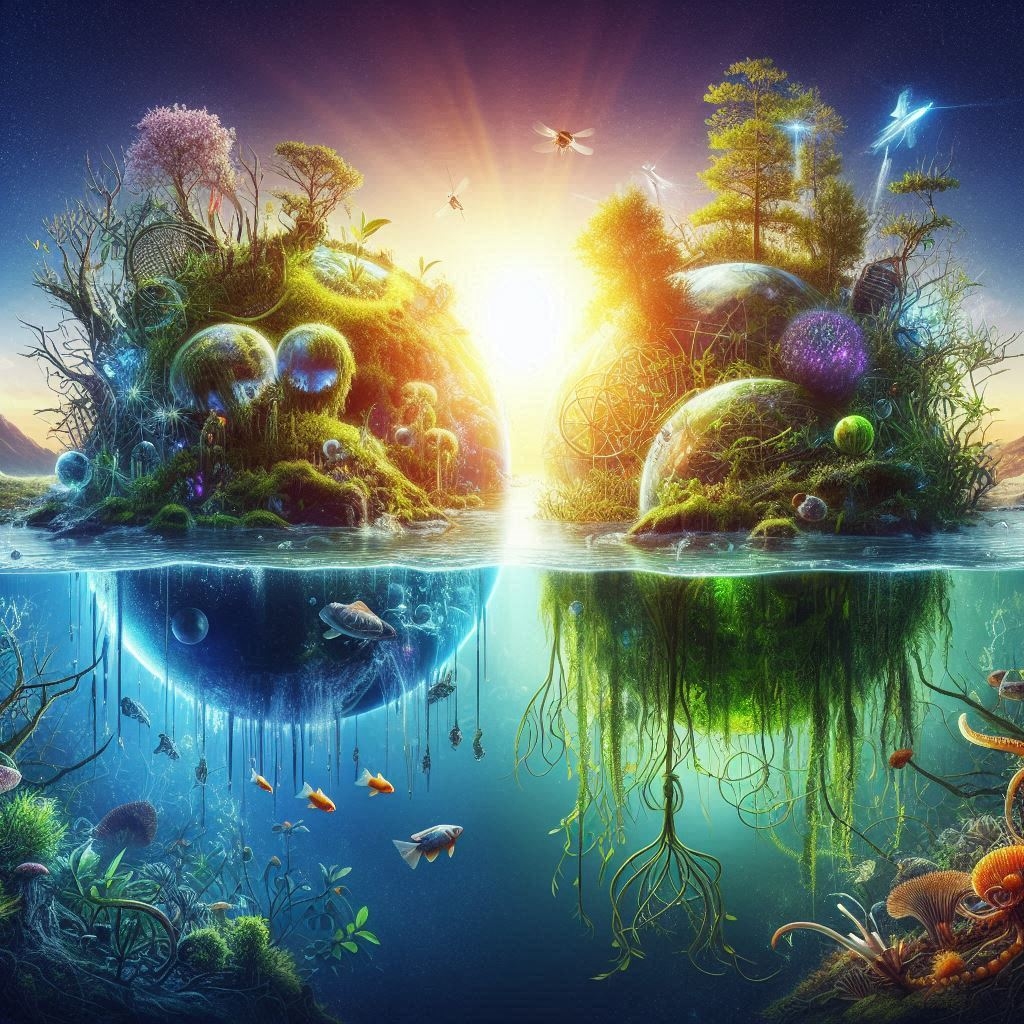



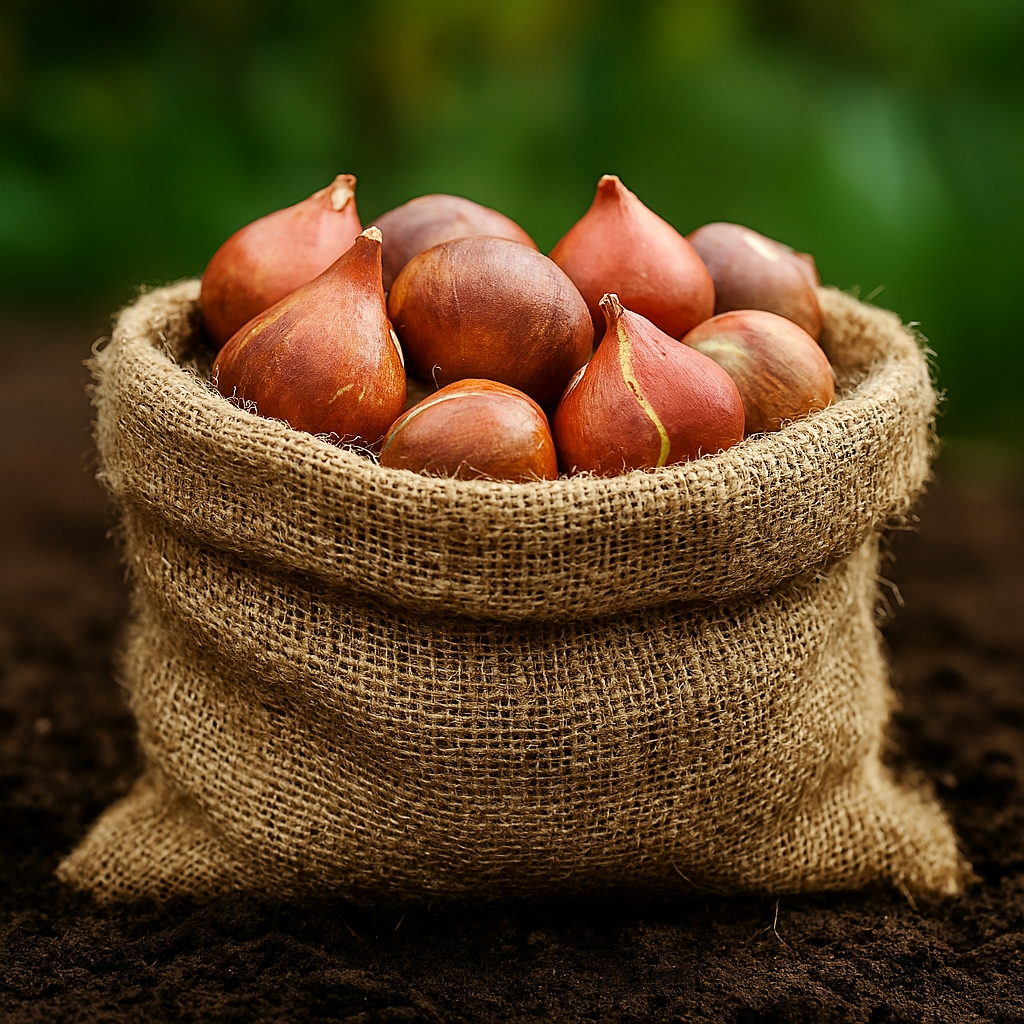
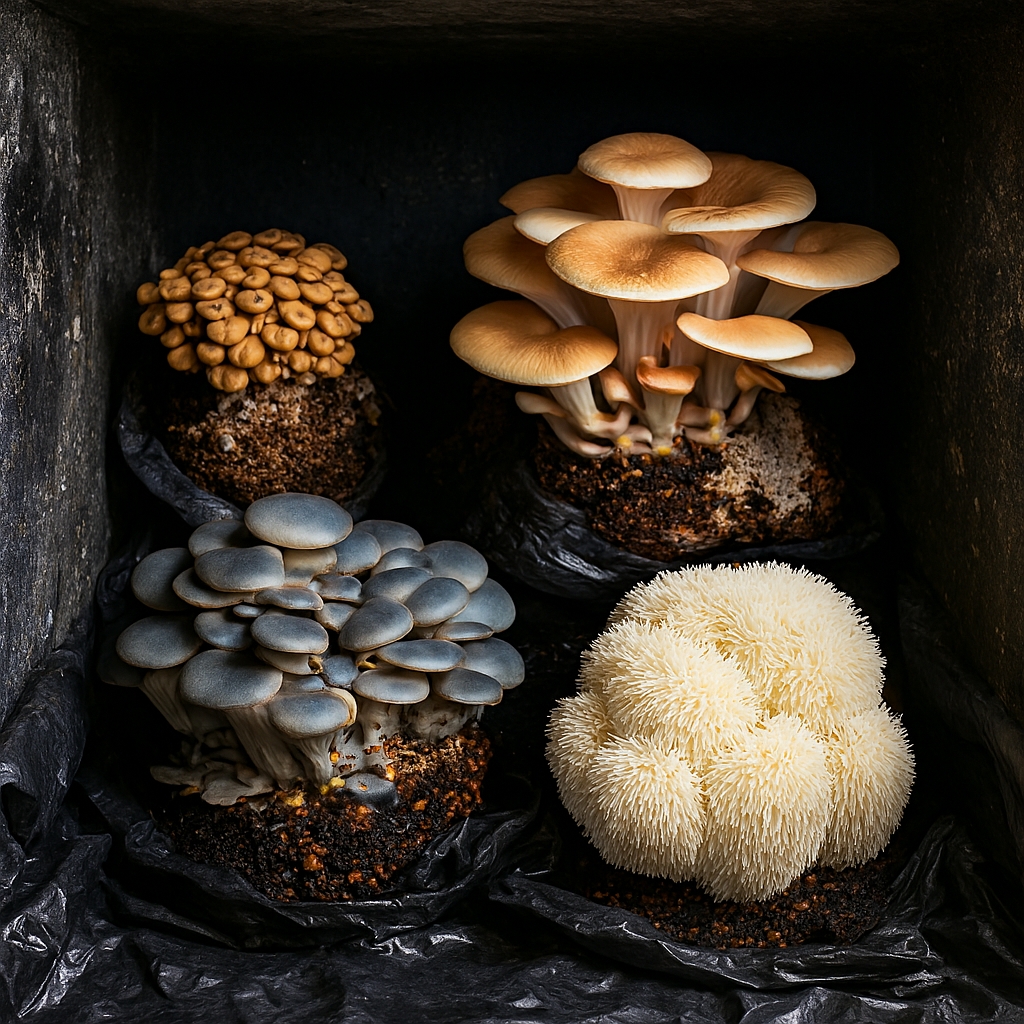

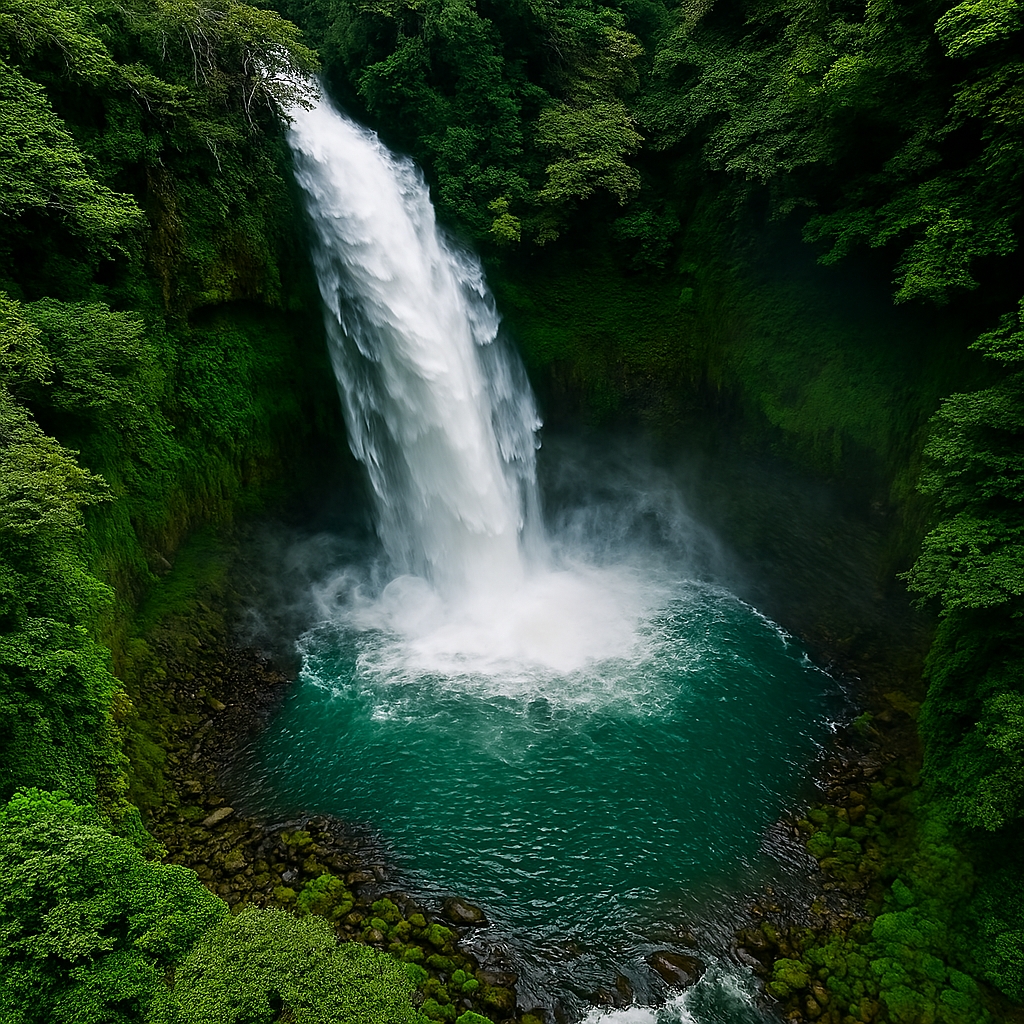
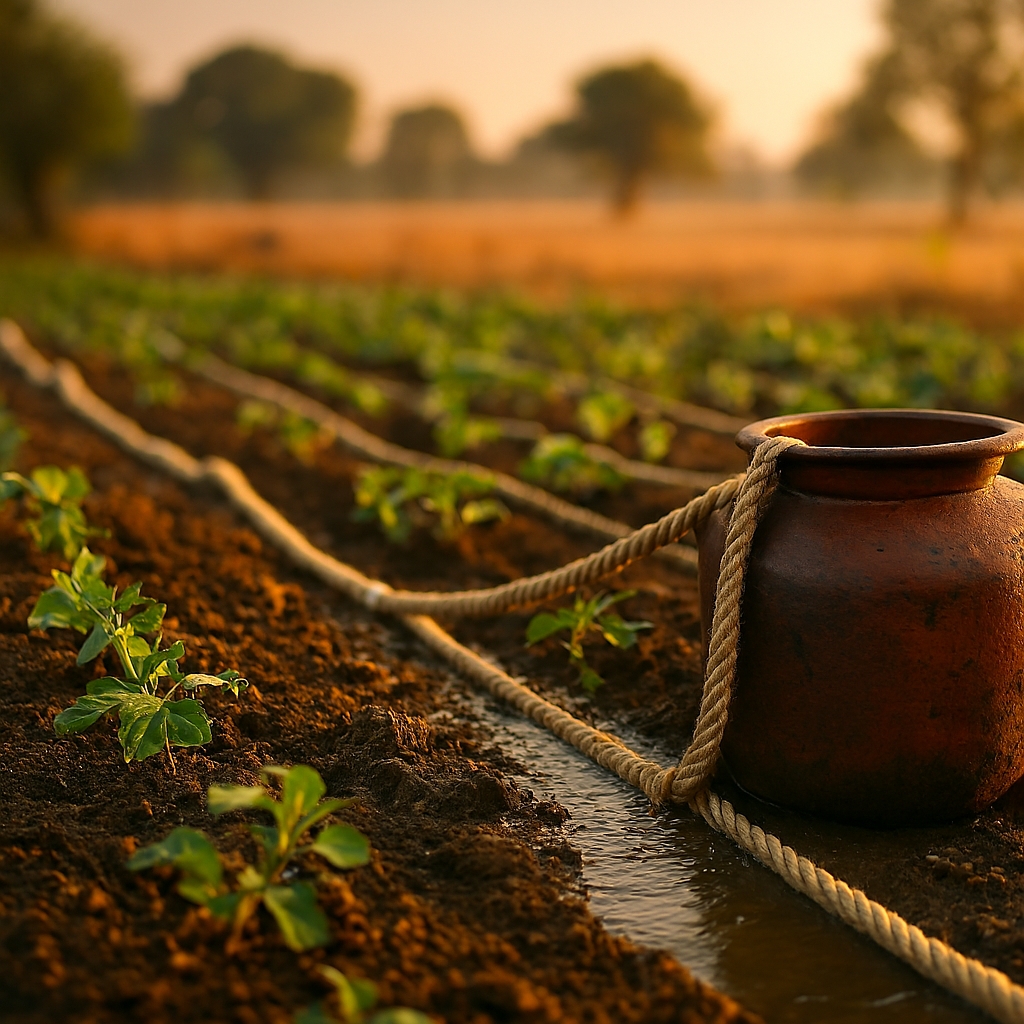
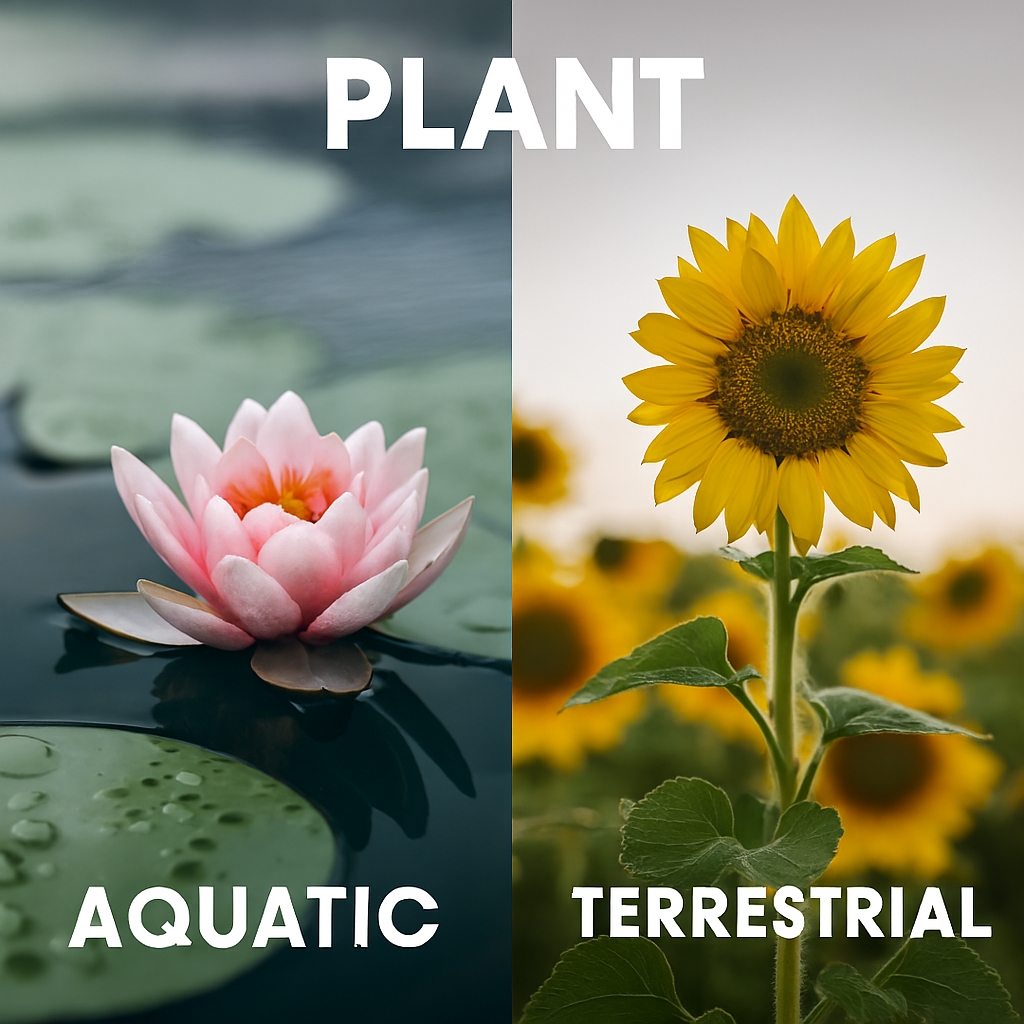


The Amazing Bikini Atoll Where Nature Defies The Odds
[…] Atoll serves as a living laboratory for scientists studying ecological recovery, radiation tolerance, and the interplay between human actions and natural systems. Insights gained […]